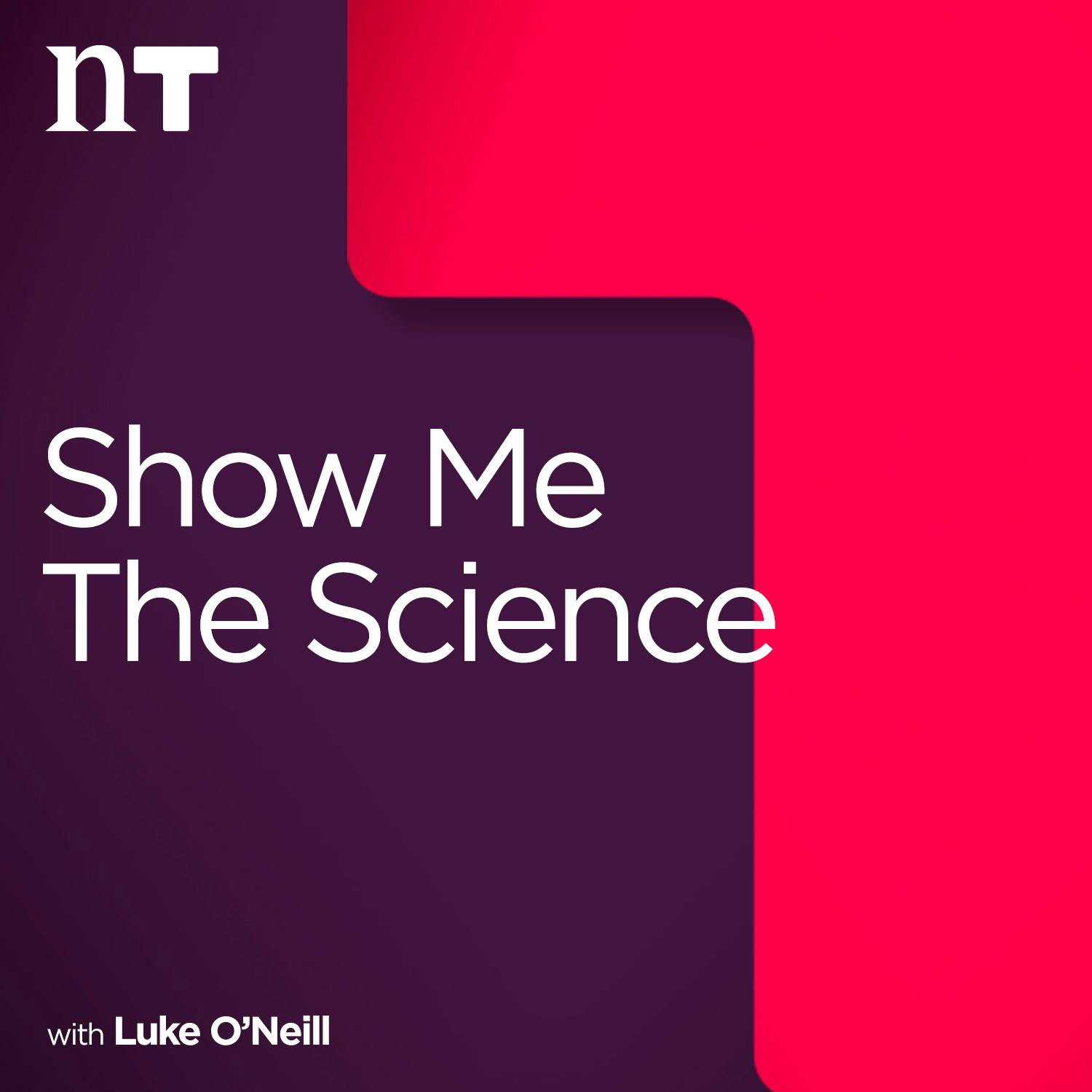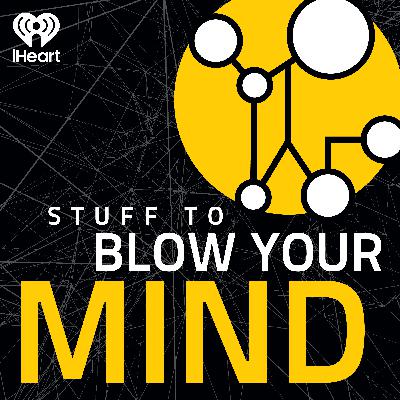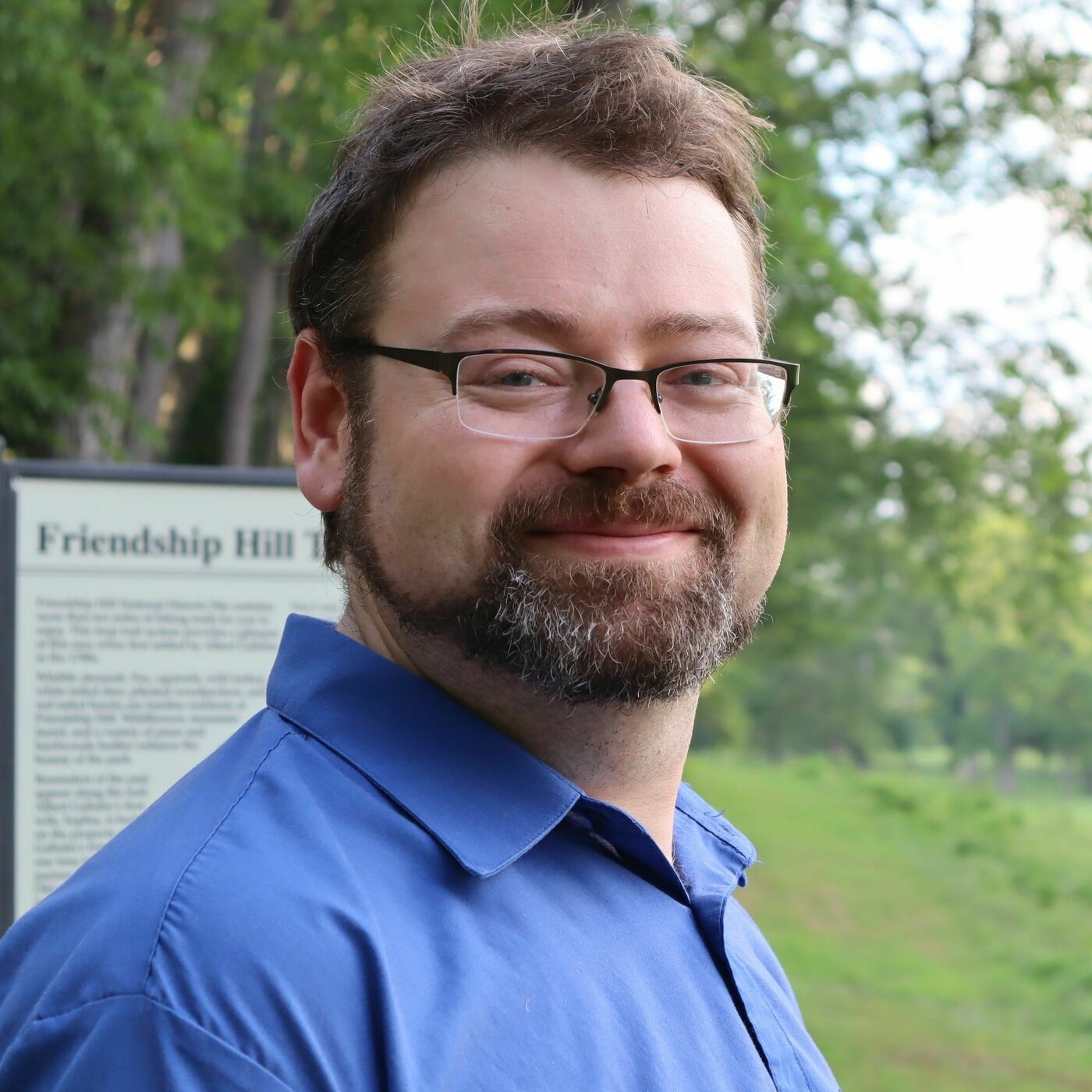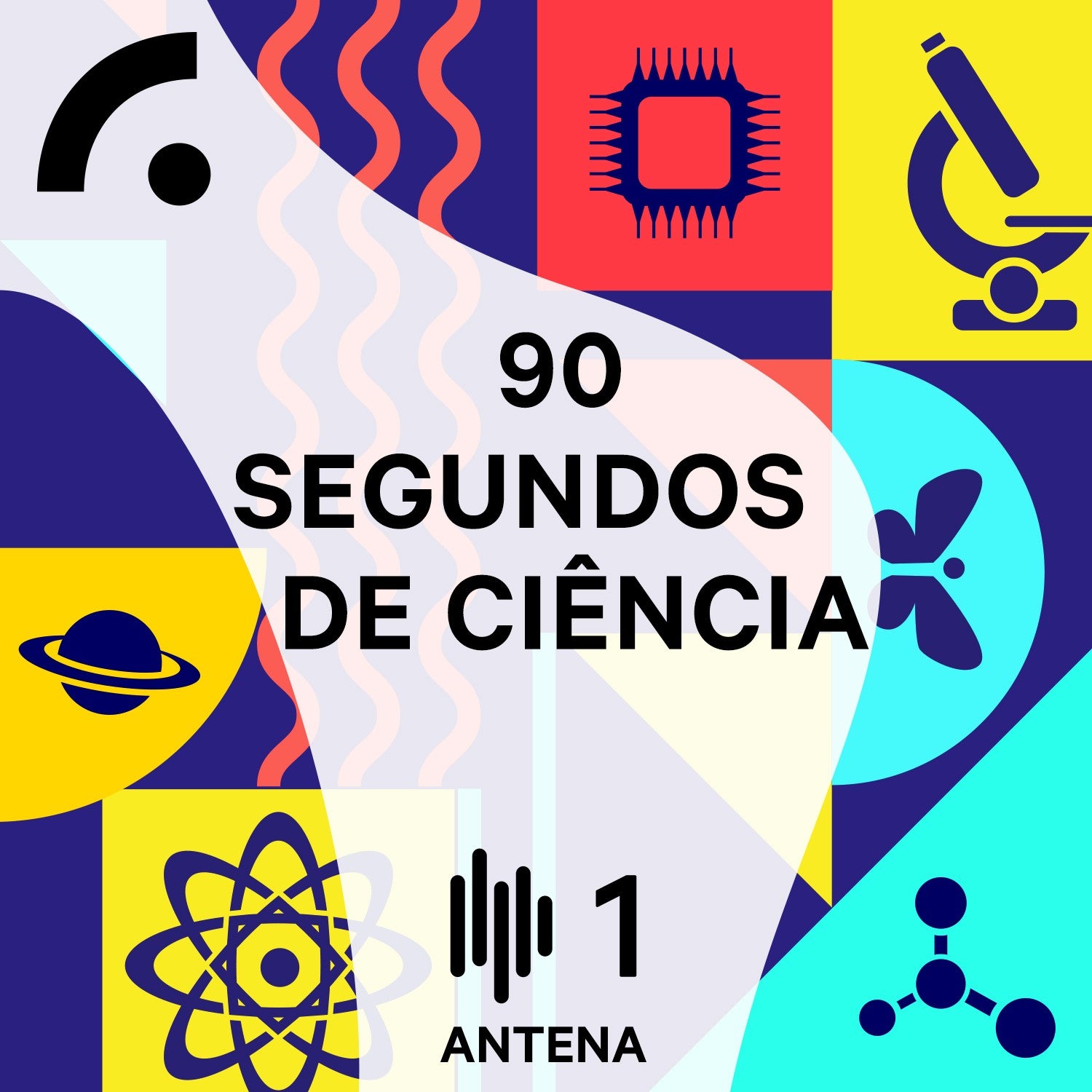The Science of Hallowe’en - Show Me the Science with Luke O'Neill
Description
This week, Show Me The Science gets a little darker — and a little stranger. Professor Luke O’Neill dives into the science of Hallowe’en, tracing its roots back to the Celtic festival of Samhain, the ancient Irish celebration marking the start of winter — that “dead time” when the veil between worlds was said to thin.
It’s not about ghosts and ghouls, Luke explains, but about remembering ancestors, lighting bonfires, and wearing masks to mark the turning of the seasons. Around those fires, people bonded, built resilience, and reaffirmed community — something modern psychology still recognises as vital in times of darkness and uncertainty.
Luke explores the science of fear: how the body reacts when startled, from adrenaline spikes to endorphin release, and why a good fright, once we recover from it, can actually make us stronger. Researchers have even measured these effects in saliva! But don’t expect Luke to be queueing up for a horror marathon — he admits he doesn’t get the same thrill others do from being scared senseless.
There’s also a scientific story behind our favourite monsters. The myths of vampires and werewolves, Luke reveals, may have stemmed from a rare inherited condition called porphyria, which causes sensitivity to light, red-stained teeth, and even hair growth and behavioural changes — symptoms that once seemed supernatural. And diseases like plague or tuberculosis, which sometimes left victims appearing to rise from the dead, helped fuel the legend of the undead.
From Bram Stoker’s Dracula — possibly inspired by both the actor Henry Irving and the medical realities of syphilis — to the theory that “Dracula” could derive from the Irish “droch fhola,” or “bad blood,” Luke connects folklore, medicine, and etymology in classic Show Me The Science style.
And there’s even a royal twist: King George III famously suffered from porphyria, and through royal intermarriage, the disease spread across Europe’s bloodlines — adding a touch of genetic truth to the vampire myth.
This special Hallowe’en edition was produced in collaboration with the Music Technology course at South East Technological University. The haunting original music was composed and recorded by Billy Doran.


















![[LIVE] Waarom je minder rationeel hebt gestemd dan je denkt - Ondertussen in de kosmos [LIVE] Waarom je minder rationeel hebt gestemd dan je denkt - Ondertussen in de kosmos](https://s3.castbox.fm/6b/80/86/00e7b7d7c1fc61abe14f58caf393cb3d16_scaled_v1_400.jpg)



